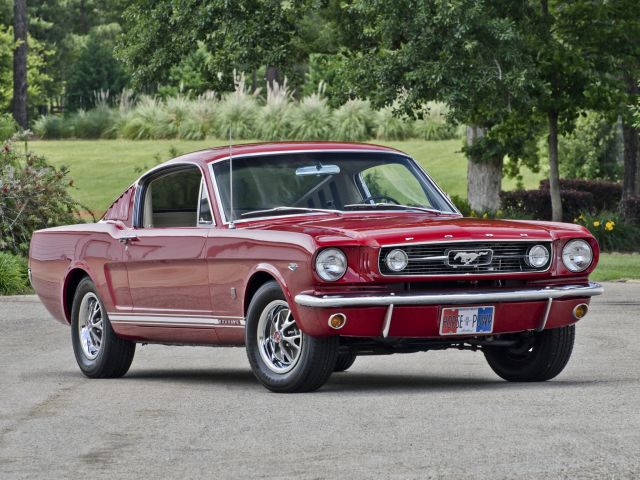For over 50 years, the automotive world has carefully observed one of the biggest car rivalries of all time. No, it is not BMW vs. Mercedes, Lincoln vs. Cadillac or Ferrari vs. Lamborghini. This rivalry is far fiercer and more dynamic. It is the ongoing battle between two of the world’s most popular muscle cars: the Ford Mustang vs. Chevrolet Camaro.
The main weapons in this war are horsepower, engine displacement, share speed and performance credentials. But also important are racing wins and designs. For decades, Ford and Chevrolet tried their best to introduce better, faster and more beautiful cars. If you look at the production numbers and total years on the market, Ford is the winner. Ford presented the Mustang three years before the Camaro.
Also, they built more than 10 million Mustangs, making it the most successful muscle car in automotive history. However, the Camaro had also experienced a few important milestones, as well as some Mustang-defeating moments. So here are the 10 best Ford Mustangs and Chevrolet Camaros they ever made. Just read on, so you can be the judge in this decade-old automotive conflict.

-
Ford Mustang 289 HiPo
Most of the market was fascinated when they first saw the Mustang in 1964. The compact and sporty looks, long hood and short deck and all at an affordable price seemed unreal. The engine lineup consisted of two six-cylinders and a 298 V8 engine with several power outputs. However, the most interesting was the K-Code.
The K-Code was a 289 V8 but with a sporty tune and 271 HP, which was more than enough for a decent performance. With the optional GT package including a stiffer suspension, better equipment and lots of exterior details, the 289 HiPo, for High Power, was the choice for real Mustang fans. Available between 1965 and 1967, the 289 HiPo was the first Mustang that ran as well as it looked, especially in the gorgeous Fastback body style.
